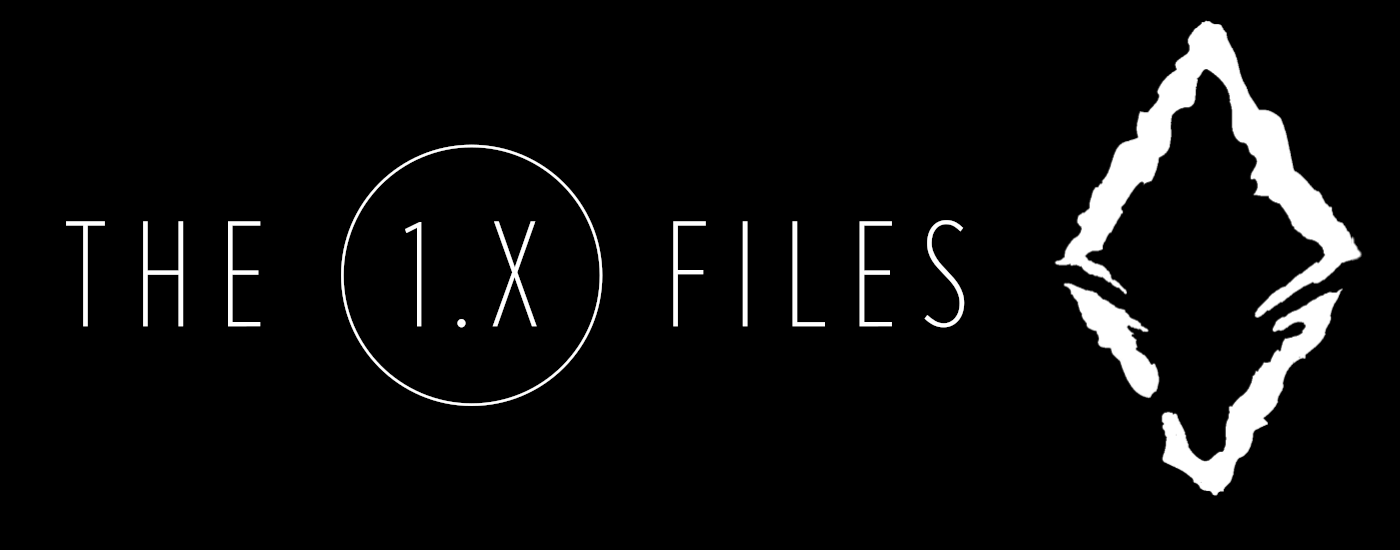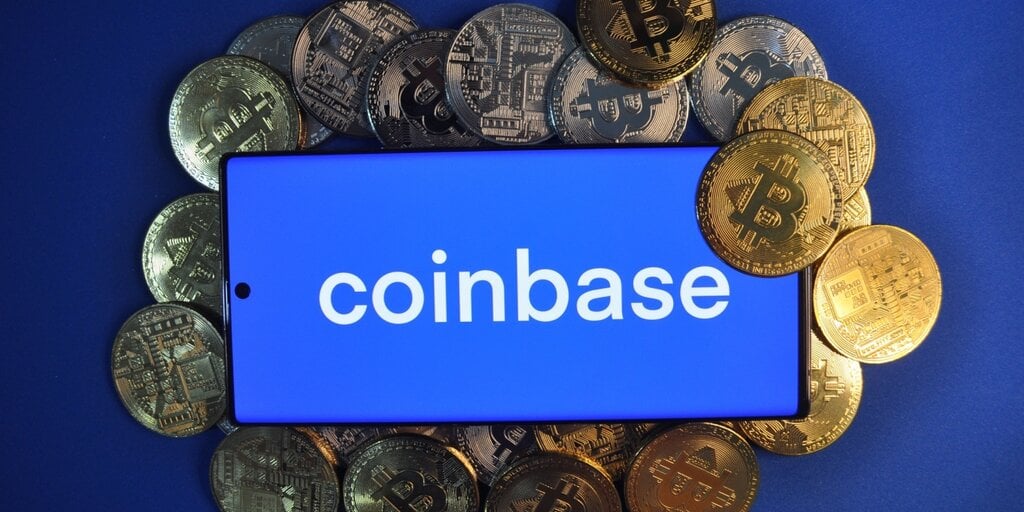Does Fusaka keep users in L2? Targets up to 60% fee reduction with upcoming Ethereum upgrade

The next major Ethereum upgrade, called Fusaka, a hybrid of “Fulu” (consensus) and “Osaka” (execution), will modify the way the network handles data and fees without changing the underlying user experience.
Beneath the surface the direction is specified. Ethereum’s main chain remains the final settlement and data availability hub, and day-to-day activities continue to flow with cheaper and faster rollups.
The open question of whether Fusaka will bring users back to Layer 1 already has an answer. That’s not true. This will make it more difficult to leave layer 2.
Inside Fusaka: expanded piping, improved ride comfort
Fusaka’s technology backbone focuses on data availability, sampling, and blob management, which are Ethereum’s approaches to making layer 2 publishing cheaper and more efficient. The headline proposal, EIP-7594 (PeerDAS), allows nodes to sample only pieces of rolled-up data, called “blobs,” instead of downloading everything.
This significantly lowers the bandwidth cost for validators, a prerequisite for achieving higher blob capacity and scaling L2 throughput.
EIP-7892 then introduces the “Blob Parameters Only” fork (BPO), a mechanism to incrementally increase the number of blobs per block (e.g. from 10 to 14 or 15 to 21) without having to rewrite the protocol.
This allows developers to effectively scale Ethereum’s data capacity without having to wait for a full upgrade. EIP-7918 sets a default fee floor for blobs, ensuring that the auction price of data space does not fall to near zero when demand is low.
The rest of the bundle focuses on user experience and safety. EIP-7951 adds support for secp256r1, the cryptographic curve used by WebAuthn to enable passkey login across Ethereum wallets. EIP-7917 introduces deterministic proposer preview, a small but important change that helps pre-confirmation systems predict who will generate the next block, enabling faster transaction assurance.
Meanwhile, EIP-7825 limits transaction gas to prevent denial-of-service risks, and EIP-7935 adjusts the default block gas target to maintain validator stability.
These upgrades are already live on testnets like Holesky and Seplia, with mainnet activation expected in early December.
Why Fusaka Matters to Fee and Rollup Economics
To its users, Fusaka does not promise cheaper Layer 1 gas. It was created to lower Layer 2 fees. By allowing rollups to publish more data at a lower cost, the upgrade improves the economics of networks such as Arbitrum, Optimism, Base, and zkSync.
Internal modeling suggests rollup fees could fall between 15% and 40% under typical conditions, and up to 60% if blob supply outpaces demand for an extended period of time. Gas prices on the Ethereum mainnet may remain roughly unchanged, but future block gas target adjustments may reduce gas prices by another 10-20%.
However, cryptographic key and proposer updates can make a difference in how you feel using Ethereum. WebAuthn support allows wallets to integrate biometric or device-based logins, eliminating the friction of seed phrases and passwords. With proactive confirmation based on a predictable proposer schedule, users can expect near-instant confirmation for routine transactions, especially during rollups.
As a result, Ethereum becomes smoother to use without having to drag anyone back to L1. The rails are faster, but still face the roll-up lane.
L1 is settlement, L2 is experience
Ethereum’s architecture is no longer a debate between monolithic and modular designs. Modular design depending on your choice. The purpose of Layer 1 is to serve as a highly secure payment and data availability base, while actual user activity is moved to Layer 2.
Fusaka reinforces this division. With increased blob capacity, L2 can handle higher throughput for games, social apps, and microtransactions that would otherwise be uneconomical on mainnet. Improvements to login and verification workflows have made these L2 experiences feel native and immediate, eliminating many of the UX gaps that once favored L1.
Where can the user still select layer 1? Narrow cases include situations where the accuracy of block orders is critical, such as high-value payments, institutional scale transfers, or miner extractable value (MEV) management or DeFi clearing. However, these scenarios represent a small portion of the activity within the overall chain. In the remaining cases, L2 remains its natural home.
The Bigger Story: Ethereum as a Layered Internet
From the above, Fusaka focuses more on maturity rather than gas optimization. It provides an extensible framework for scaling data capacity (BPO) without a destructive fork of Ethereum, and a UX layer that makes Web3 feel more like Web2.
But the philosophy is clear. The network does not try to concentrate traffic on the mainnet. Rollups are building the highway system that handles local traffic, and L1 serves as the court where everything is ultimately notarized.
There is also a financial aspect to the story. As data publishing becomes cheaper, new low-value applications such as social, payments, and gaming may be rolled back in. Each of these still consumes ETH through blob fees, and with the fee floor in EIP-7918, those fees contribute to ETH consumption. Despite lower user fees, Ethereum’s burn rate may be higher if activity expands faster than fees decline.
On the validator side, PeerDAS reduces bandwidth load but may create new dependence on “supernodes” that store entire blob data. This is a decentralization trade-off that the community will continue to discuss: how to expand data availability without narrowing participation.
Ethereum’s striking balance between throughput, usability, and trust reflects the broader direction of crypto infrastructure. L1 is reinforced with a secure foundation, and L2 absorbs experimentation and scale.
takeout
Fusaka is not trying to reclaim the spotlight on the Ethereum mainnet. It’s the opposite. It’s a deliberate move to strengthen the foundation for a rollup-centric future.
Upgrades expand data capacity, stabilize fees, and modernize the wallet experience, but these are services for the upper tiers. Ethereum’s L1 becomes more secure and smarter, while users continue to live on the L2, which is cheaper and runs faster than ever before.
Until BPO1 and BPO2 launch early next year, the real signals to watch will be blob utilization versus capacity, L2 fee compression, and passkey adoption by wallets. The result will be what defines the frictionless feel of Ethereum in 2026, not by drawing people back to the main chain but by making off-ramps almost invisible.




